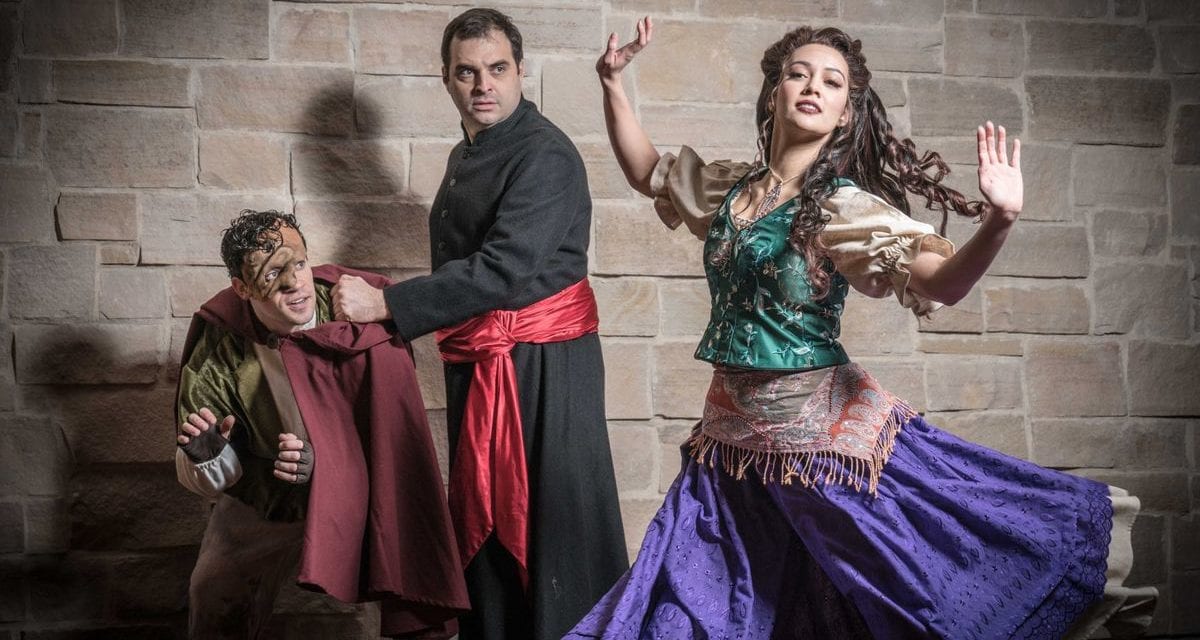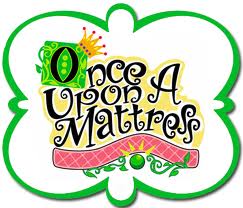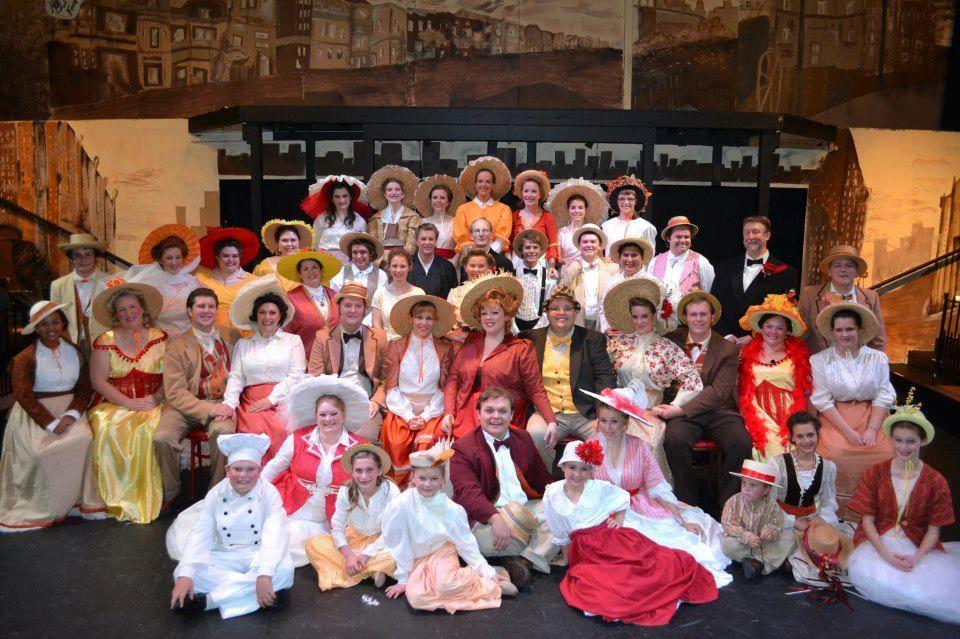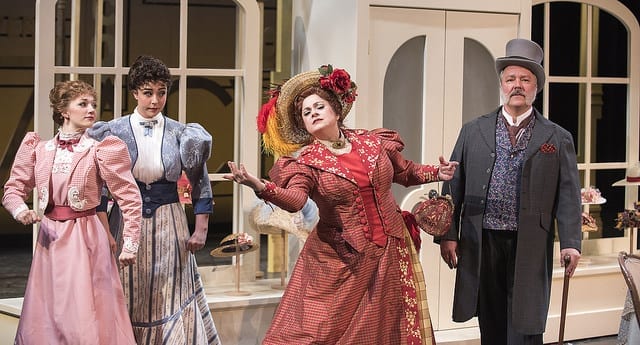SANDY — The Hunchback of Notre Dame, created by the team of Alan Menken, Stephen Schwartz, and Peter Parnell, rings in a triumphant entrance at Hale Centre Theatre.

Show closes March 31, 2018.
The tale borrows from elements of both the popular Disney film and Victor Hugo’s original novel, toeing the line between gothic sobriety and Disney gaiety. Set in 1492 in Notre Dame, the play follows the story of two brothers: Jehan and Claude Frollo. While Claude prefers a more pious pursuit, Jehan enjoys the temptations Paris has to offer, ultimately leading him to run off with a gypsy woman. Illness takes the lives of both Jehan and his wife, leaving Claude responsible for the upbringing of his brother’s son. Though he initially debates on killing the child, he elects to raise Quasimodo and see if he cannot, perhaps, erase some of Jehan’s sins in the boy. Quasimodo is left to the role of bell-ringer in the Notre Dame cathedral, where Frollo acts as Archdeacon. It is a sheltered life, excused for the reasoning of Quasimodo’s deformed appearance and Frollo’s distaste for a more worldly Paris. Frollo’s cruelty, though strong, does not prevent Quasimodo from leaving his bell tower and experiencing his first trip through the city. It is, conveniently, the Feast of Fools, where the world is turned upside down. Quasimodo meets the alluring gypsy Esmeralda, whose dancing and kindness shows him a world he has never known. In this time, Captain Phoebus returns from the war front to assume command of the Cathedral guard. Frollo encourages Phoebus to help him rid the city of “scum,” i.e. the gypsies. Despite his hatred for their kind, however, Frollo becomes filled with lust for Esmeralda and attempts to “convert” her to his religion. Denied by the gypsy woman, Frollo starts a fiery crusade to rid the entire city of her kind, putting Quasimodo at odds with his master. He wants to aid the gypsy woman who has only shown him kindness, as does Phoebus, who has grown to love Esmeralda. The musical follows the violent elements of lust, persecution, and prejudice to produce a stunningly rendered tale. Though much darker than its Disney film source, I appreciated the sense of gravity it brought to the piece.
This performance relies heavily on spectacle, and certainly, the visual elements incorporated into Hunchback elevate the production value. This was my first visit to the new Hale Centre Theatre stage and I found myself impressed by the new site. Granted, the Hale’s always touted a professional reputation in terms of technical work, but my expectations were truly surpassed in the new space. Ample use of a hydraulic stage worked to seamless effect in changing scenes. There were, effectively, no lengthy transitions and it allowed the momentum of the musical to build naturally. Screens surrounding the upper bowl of the theatre were used to mixed effect, though. When projecting the stained glass of the cathedral, for example, the result was utterly magical. As fake-looking flames in “Hellfire,” however, it detracted from the overall seriousness of the song for me.
Lighting design (by Josh Roberts) helped to sculpt scenes and give further shape to the narrative, switching between Mardi Gras colors and levity to Gothic dregs easily. I particularly enjoyed the more somber lighting in reverent scenes, like “God Help the Outcasts.” The song had a religious tone, making the theater feel strangely intimate for how grandiose the space actually is. Moreover, use of candles in chandeliers and held by actors gave a very authentic feel to the time period. Fire seemed a prevalent visual theme throughout the play, both warming and threatening in tone. Without spoiling too many effects, I enjoyed the creation of a pyre in the end and torches.
Costumes (designed by Peggy Willis) similarly bolstered the overall performance value, creating an authentic tone and helping to show character progression. Frollo’s stole changes from a pure white, to much more ostentatious red and black as he gives in to his lust for Esmeralda. I like the decision to have Frollo place the hunchback upon Quasimodo too. He is a man-made monster in this sense, and gives the clothes he wears more meaning. (Particularly compared to the lavish vestments that Frollo chooses to wear.) Gypsy attire brought an utterly beautiful array of colors onto the stage, bright and cheery as opposed to the more drab clothes worn by Parisians. Their ostentation is clearly seen, branding them as outsiders.
One of the greatest strengths of this performance came in the ensemble work. I was impressed by the cohesion in voice and movement by the entire cast, able to switch from scene to scene easily and keep tone and momentum of the play clear and distinct. The trio of gargoyles played by David Paul Smith, Haley Wawro, and Jeremy David Egan (who also play Clopin, Florika, and Jehan, respectively), navigated their roles with an impressive dexterity, and I believe they were responsible for much of the show’s success. With narrative interwoven into their dialogue, it could have been very easy for Hunchback to become boring, but I liked the charisma these three actors brought to their storytelling. As Clopin, Smith was charming and stole command of the stage.
I was additionally impressed by James Bounous as Quasimodo. It can be a physically demanding role, requiring the actor to portray deftness and dexterity in navigating the stairs of the cathedral, but Bounous brought boundless energy and an earnestness to his role. His rendition of “Heaven’s Light” was particularly touching, with beautiful voice to accompany a very grounded longing for love.
I was most pleased, though, by Josh Richardson in the role of Claude Frollo. In many ways, he is the main character of the musical. Richardson showed the many levels of Frollo’s thinking with nuanced acting, able to play both vulnerability and powerfulness with ease. One of my favorite moments of the show came in his performance of “Hellfire,” delivered with an intense agony and longing. I liked that Parnell’s script allows Frollo the indulgence of fighting against this cardinal sin, and highlights the hypocrisy of this cleric so poignantly. While he preaches salvation in very impassioned strained, the self-serving motivation behind Frollo’s every actions makes the audience question whether he is serving his God or himself. Richardson’s performance was delightful to watch, and I’d see the show again to dissect his entrancing character choices.
All in all, Hale Centre Theatre’s The Hunchback of Notre Dame is a very powerful show on all fronts—music, acting, technical, and theme. Director Dave Tinney manages to craft a seamless performance that is both thought-provoking and visually spectacular. I appreciated the timelessness of the theme of Tinney’s direction, which asked, what makes a monster and what makes a man? This show provides both amusement and introspection, and I would encourage theater viewers to take the time and see this show. As a note, some of the themes are quite heavy (sex, racial prejudice, religious heresy, etc.) and may not be suitable for younger children.
Donate to Utah Theatre Bloggers Association today and help support theatre criticism in Utah. Our staff work hard to be an independent voice in our arts community. Currently, our goal is to pay our reviewers and editors. UTBA is a non-profit organization, and your donation is fully tax deductible.





